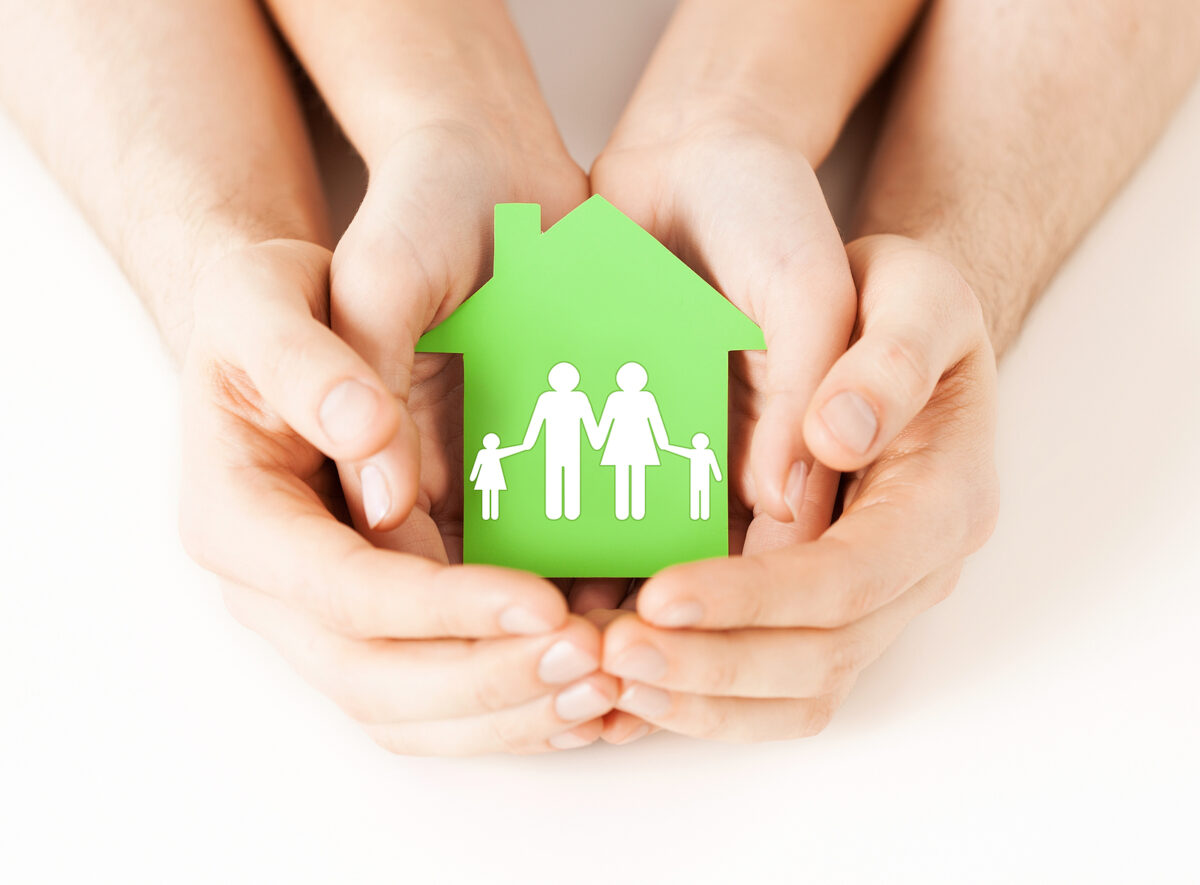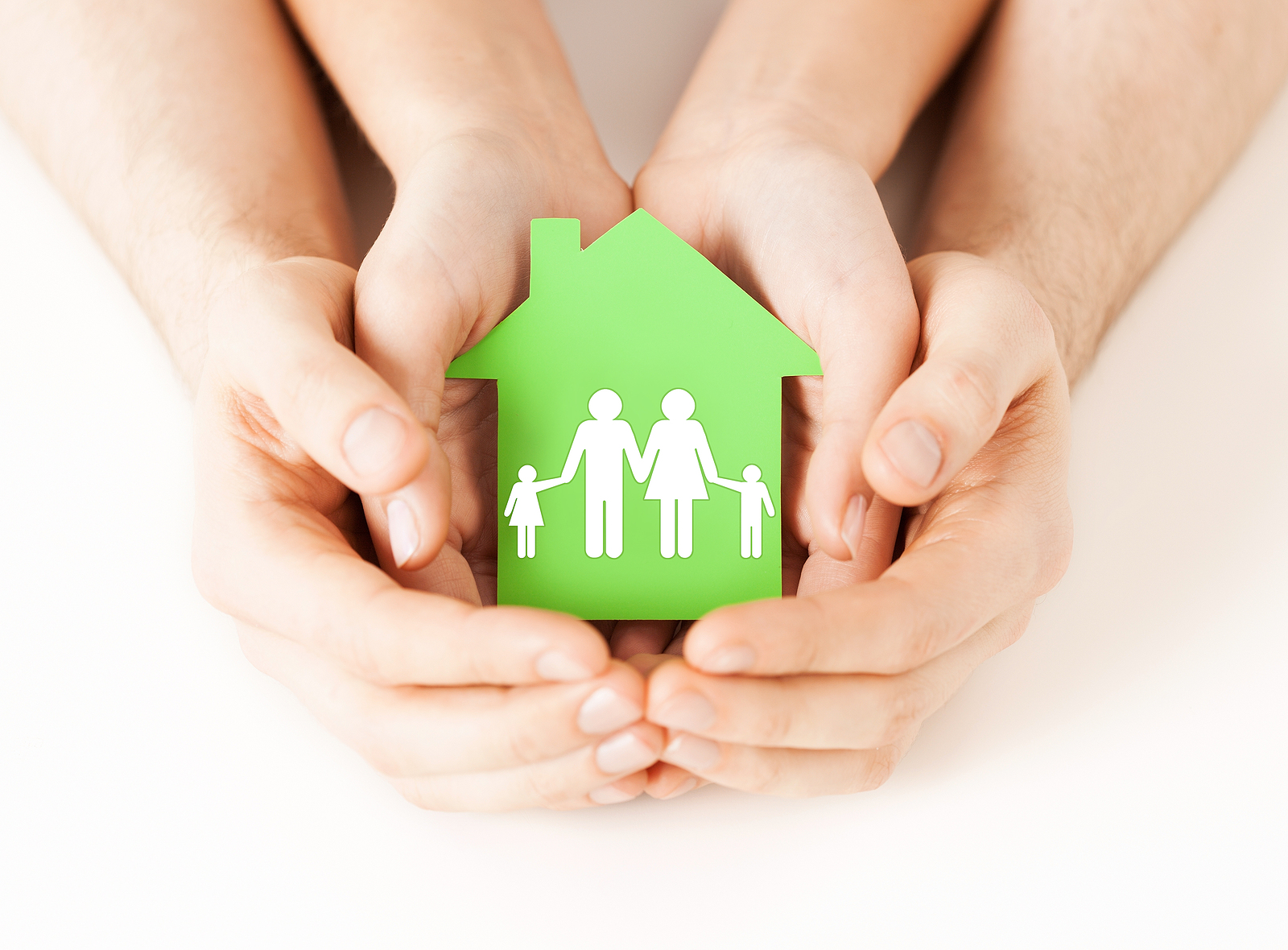As warmer weather approaches, homeowners and buyers alike are turning their attention to eco-conscious living, and spring is the perfect time to make impactful changes. Eco-friendly spring upgrades not only reduce your carbon footprint, but they can also boost property value, lower energy bills, and appeal to today’s environmentally savvy real estate market. In this post, we’ll explore three top trends: solar energy, smart technology, and energy-efficient improvements, giving you a clear roadmap to make your home greener this season.
Solar Power: Bright Savings and Value Boost
One of the most sought-after eco-friendly spring upgrades is installing solar panels. With rising utility costs and increasing awareness about sustainable living, solar energy offers both financial and environmental returns. Homeowners can take advantage of federal tax credits, local incentives, and net metering programs that allow you to sell excess energy back to the grid.
For those looking to sell their home, solar panels are a huge selling point. According to the National Renewable Energy Laboratory, homes with solar panels sell faster and at higher prices than those without. Spring’s longer daylight hours make it an ideal season to install and start benefiting from solar power.
Smart Home Technology: Efficiency Meets Innovation
Smart home upgrades are more than just cool gadgets—they’re key players in home energy management. Devices like smart thermostats, lighting systems, and irrigation controllers help homeowners monitor and control their energy use, often through a simple app.
A smart thermostat, for example, learns your schedule and adjusts your home’s temperature automatically, reducing waste and cutting costs. Smart lighting can turn off automatically when a room is unoccupied, and modern irrigation systems adapt to local weather conditions, preventing overwatering.
For real estate enthusiasts, properties with integrated smart tech stand out in competitive markets. Buyers are increasingly prioritizing homes that align with modern convenience and eco-consciousness.
Energy Efficiency Upgrades: Small Fixes, Big Results
Not all eco-friendly spring upgrades require a big budget. Simple yet impactful changes—like upgrading to energy-efficient windows, adding insulation, or sealing air leaks—can dramatically improve a home’s comfort and performance.
Energy Star-rated appliances, LED lighting, and high-efficiency HVAC systems are also excellent options for cutting energy consumption. These upgrades not only reduce monthly bills but also contribute to long-term sustainability.
Real estate professionals note that homes with proven energy efficiency often attract more offers and enjoy shorter listing times. Spring is ideal for making these improvements since contractors are more available and materials aren’t yet in high summer demand.
Landscaping for Sustainability: Beautiful and Beneficial
Your yard plays a major role in your home’s overall sustainability. This spring, consider upgrading your landscaping to include native plants, drought-tolerant species, and rainwater collection systems. These elements reduce water use, encourage local biodiversity, and enhance curb appeal.
Eco-friendly landscaping also increases the livable space of your property, making outdoor areas more functional and enjoyable. Whether you’re planting a garden or installing permeable pavers to manage runoff, green landscaping practices are a smart investment in your property and the planet.
Long-Term Impact: Why It Matters
Today’s buyers are more informed and environmentally conscious than ever. Embracing eco-friendly spring upgrades doesn’t just make sense for the season—it positions your property for long-term success. From solar panels to smart tech and energy-saving improvements, each upgrade enhances your home’s appeal while supporting a healthier planet.
As real estate trends evolve, eco-conscious upgrades are no longer optional—they’re expected. Spring is the perfect time to step up and make changes that benefit both your home and the world around you.













